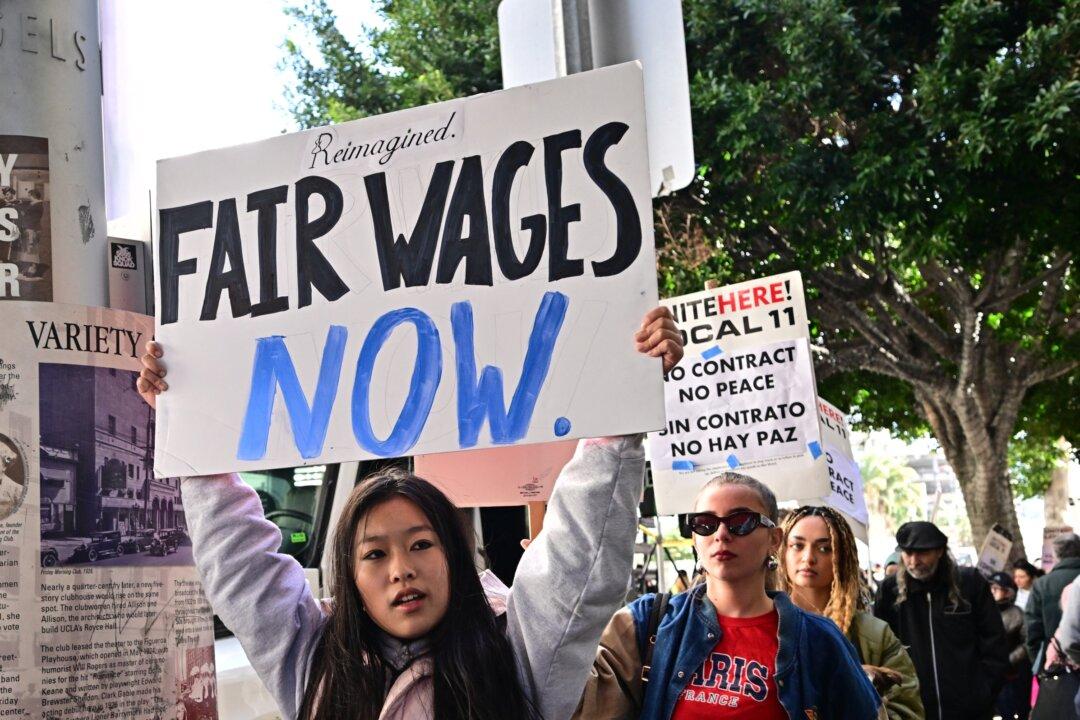Commentary
In these four years of economic confusion and mixed signals, one seeming bright spot has forestalled the calling of recession. The jobs market has appeared somewhat strong, at least on paper. To be sure, much of the apparent strength has come from bounceback hires following devastating lockdowns that closed businesses all over the country and world. The hope has been in recovery.





